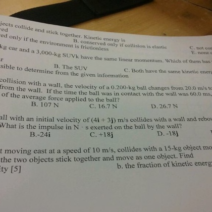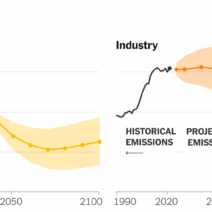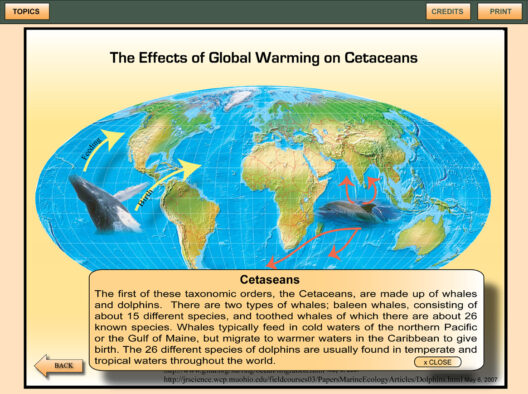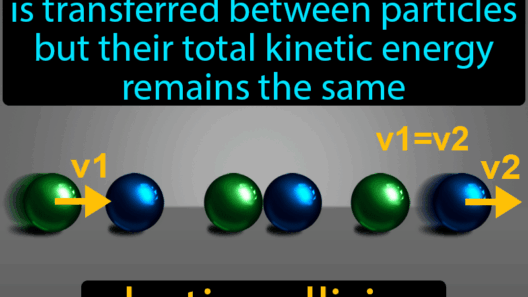Explosions, with their vibrant displays of energy and dramatic impacts, captivate both the layperson and the physicist alike. The crack and rumble, followed by the dispersal of matter, presents a spectacle that ignites curiosity. One vital question often arises from this curiosity: Is kinetic energy conserved during explosions? To address this, we must delve deeply into the mechanics of an explosion and explore the pertinent laws of physics, renewing our understanding of energy conservation.
At its core, the principle of conservation of energy posits that within a closed system, the total energy remains constant over time. This fundamental tenet of physics holds immense significance in analyzing various phenomena, including explosions. An explosion is generally characterized as a rapid release of energy, resulting in the expansion of gases and the transformation of chemical potential energy into kinetic energy. Observably, kinetic energy seems to manifest wildly during such events, provoking inquiries about its conservation.
To investigate the conservation of kinetic energy during an explosion, it is essential to consider the nature of the system involved. An explosion involves rapid decompression and violent motion, creating shock waves and dispersing fragments. This process invariably interacts with the environment—the atmosphere, the material composition surrounding the explosion, and the potential energy stored within the explosive substances. As such, explosions cannot precisely be viewed as isolated systems; they often incorporate external influences that affect energy distribution.
During an explosion, a tremendous amount of energy is released in the form of heat, light, and sound, alongside the kinetic energy of the expanding gases and debris. While one might intuitively think that kinetic energy is maximized post-explosion, the reality is slightly more nuanced. In fact, a large portion of the energy is converted into other forms, such as thermal energy or sound energy, which are not classified as kinetic energy. This conversion initially obfuscates the apparent momentum and kinetic energy that result from the explosion.
The law of conservation of momentum is intricately linked to our exploration of kinetic energy. According to this principle, the total momentum of a closed system remains constant. For an explosion to occur, the energy stored within its chemical bonds must be released, transforming the internal energy into the motion of substances. The reaction products, propelled outward, highlight that while kinetic energy in a localized space may dissipate—farther fragments experience a reduction in velocity—the total momentum can indeed be preserved across the event.
Moreover, explosions can impart momentum and energy to surrounding objects, raising questions about the calculation of conserved energy in open systems. Objects near the explosion absorbing kinetic energy may subsequently move or oscillate, demonstrating interaction with the explosion itself. Therefore, quantitatively asserting that kinetic energy is conserved during an explosion becomes complex as energy is not merely retained in one form but rather redistributed among various forms and systems.
In a more mathematical approach, consider the equations governing energy transformation. If we analyze an explosion through the lens of the conservation of energy equation, we can express the energy before the explosion (chemical potential energy) as equivalent to the sum of the energy post-explosion (the kinetic energy of the fragments, thermal energy, and sound energy). The kinetic energy of objects immediately post-explosion may be calculated using the kinetic energy formula, KE = 1/2 mv². Yet, for a more accurate representation, each form of energy must be accounted for: KE + TE + SE = constant, where TE denotes thermal energy and SE signifies sound energy. This reiteration provides clarity in recognizing that not all produced energy transforms strictly into kinetic energy.
Implications of these principles significantly resonate outside the realm of physics. Understanding kinetic energy conservation—or the conservation of energy more broadly—holds value in environmental science. As we endeavor to harness energy sustainably, comprehending how natural events release and recycle energy can influence our approach to resource utilization and management. For example, when engineers design structures or infrastructure, they must consider forces resulting from explosive detonations, ensuring that buildings can withstand potential energy shifts. Appreciating the complexity of energy forms can guide our innovations toward sustainable practices and technologies.
Interestingly, the fascination surrounding explosions extends beyond mere scientific intrigue. Explosions have cultural significance—depicted in media, art, and literature as metaphors for transformation and chaos. The explosive event represents not only the rapid unfolding of energy but also a deeper commentary on change, conflict, and revelation. The “bang” often signifies a moment of transition—wherein potential transforms into a torrent of kinetic manifestations. This duality compels the observer to grapple with the underlying principles while embracing the emotional resonance of destruction and renewal.
In conclusion, while kinetic energy is integral to the phenomena associated with explosions, it is essential to perceive it within the broader context of energy transformation. Explosions serve as a tangible illustration of the conservation of energy principle, where energy is neither created nor destroyed but merely altered in form and dispersed into the environment. Understanding these dynamics not only enhances our comprehension of physical laws but also fosters a deeper respect for the subtleties of energy conservation at play in our world. Through this lens, we cultivate both scientific curiosity and a commitment to responsible stewardship of energy resources, thus bridging the gap between understanding and action.






